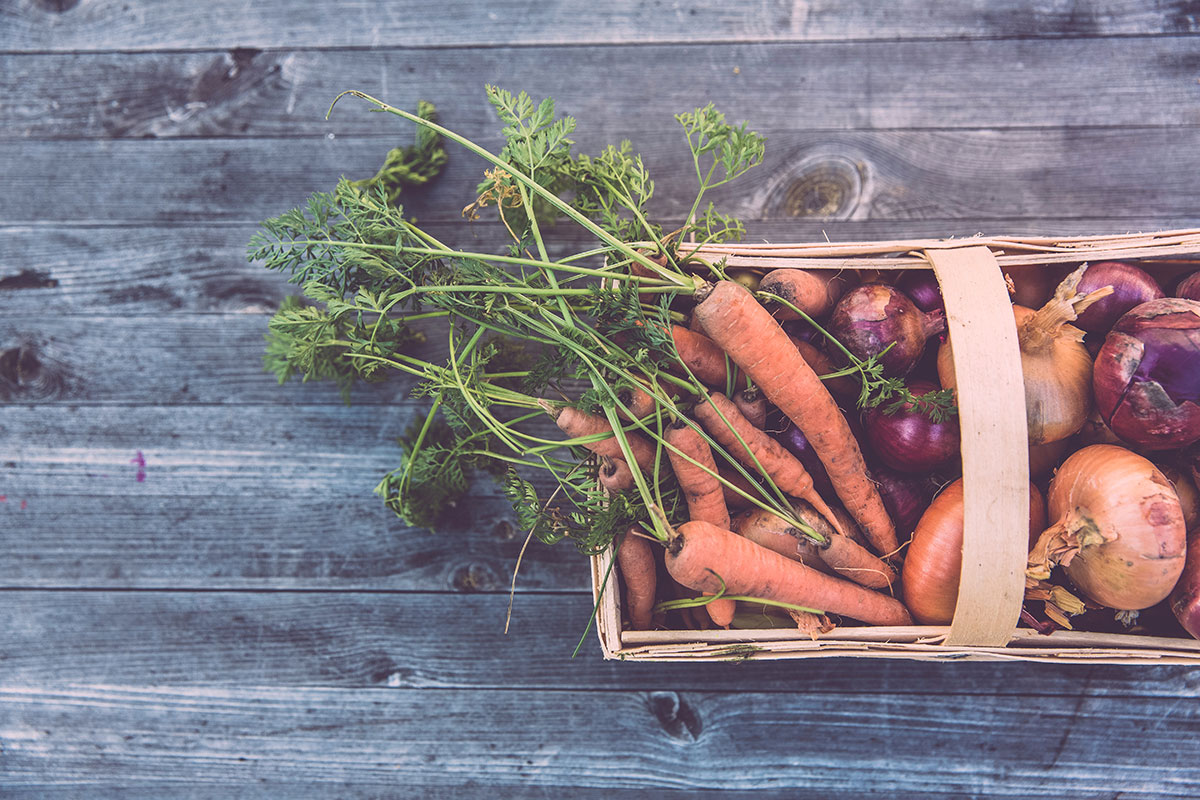As I started an early morning walk recently, I picked up a pecan that had fallen from my neighbor’s tree onto the street. Peeling back the outer covering of the pecan as I walked made me think about food and where it comes from and how much food is grown and cultivated to feed us. It’s astounding! Several years ago, I read a National Geographic series that ran over six months on feeding the planet. They discussed many of the ways and statistics of food growth and production and what’s needed to continue feeding all of us.
We have an abundance of late Summer and early Fall produce at this time of year in Farmer’s markets, grocery stores and health food markets. I like to encourage people to eat seasonally. By that, I mean try to eat what’s grown in this country and your state right now. Great examples of Fall fruit are apples and pears. Maybe you’ve wondered why Apple pie has always been a traditional Holiday dessert. If you are buying and eating apples in the Spring or Summer, you are likely eating apples from the previous Fall or Winter months that have been in long term refrigeration and have lost some of their powerful nutrients over time. Conversely, berries and peaches are Summer fruit. Figs and grapes are late Summer fruit. Eating fruit and veggies at their peak growing season is ideal for maximum nutrient value. Think about the miles and weeks involved to ship fruit to us from New Zealand while refrigerated to prevent spoilage. Ideal nutrient content comes from fully ripened produce. Can you see how eating fruit from the opposite hemisphere might not hold the best nutrient levels for you? While we might not think about the ripening cycles of most produce, much commercial produce ripens in transit to your grocery store. This makes a great case for eating local and maximizing nutrient content from produce that’s in season.
In the Traditional Chinese Medicine model of health and wellbeing, eating seasonally is a powerful support for good health. If you reflect on the fruit and veggies most abundant during Fall and Winter months, they are typically warming foods and are generally cooked. Think about yummy hot soups in the Winter or enjoying roasted Brussels sprouts, hard squash, beets and onions in the cool months. Eating salads in the Winter isn’t ideal (in Traditional Chinese Medicine) because lettuce and raw vegetables have a cooling (internal) effect. Remember how refreshing it feels to have a big salad for dinner during the Summer months when you want to cool off and not feel the heat from your stove? If you do eat salads in the Fall and Winter months, counterbalance the cooling effects by having hot soup with your salad.
I hope the following list of Fall foods will inspire you to buy and eat more locally this year. Pick a couple of new items that you haven’t eaten before and cook them at home. You don’t have to be fancy or make a complex dish. I believe simple cooking is best. You can never to go wrong by sautéing almost any vegetable in olive oil or butter (organic for both!), then add high quality grey sea salt (great mineral profile) and pepper. My favorite companies for spices are Frontier™ and Simply Organic™.
There are lots of foods we enjoy year-round, like nuts and citrus. Don’t overcomplicate your food shopping, just strive to pay more attention to where your food is coming from and what might be healthier choices. Enjoy a bountiful Fall Harvest of flavors and health!
Early Fall/Warm Weather Crops:
- Beans and Peas (Fresh Shell and Snap)
- Cucumber
- Eggplant
- Melons
- Okra
- Pears
Late Fall Crops:
- Apples
- Beets
- Broccoli
- Brussels Sprouts
- Cauliflower
- Cabbage
- Peppers Carrots
- Squash Celery
- Tomatoes Chard
- Watermelon Collards & Mustard Greens
- Fava Beans
- Green Onions
- Kale
- Leeks
- Lettuce
- Parsley
- Potatoes (New & Fingerling)
- Pecans
- Persimmons
- Pomegranates
- Pumpkins
- Radishes
- Rutabaga
- Spinach
- Sweet Potatoes
- Turnips








